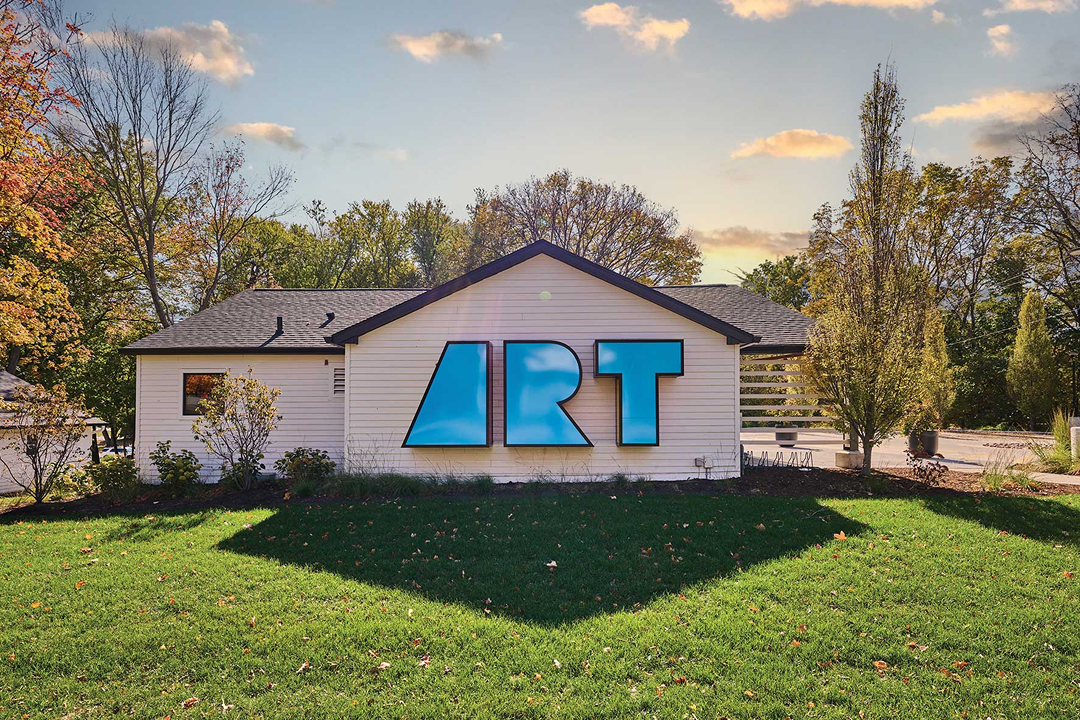Illinois Art Station’s Future is Now in the Town’s Hands, and Not Everyone’s Happy About It

For nearly a decade, Illinois Art Station was a rare civic bright spot in Bloomington, where children made art, families gathered, and public murals bloomed on the city’s streets.
Now, the nonprofit behind it is winding down. The Town of Normal has taken control.
The change comes after years of financial instability, leadership turnover, and a final decision from the board: either give the Illinois Art Station to the town, or shut it down entirely.
“It was the challenge of development,” said founder Laura Berk. “Capacity was involved, small staff with lots to do.”
Fundraising had been inconsistent. Public filings show that private donations and earned revenue couldn’t keep up with operational needs. Grants helped, but they weren’t enough. The numbers told a hard truth. Illinois Art Station, as a standalone nonprofit, wasn’t sustainable.
The Hand-Off to the Town of Normal
By the end of last year, the search for a new home began. The Vernon Avenue property, the programming, and the mission were all packaged into a potential transfer.
The Town of Normal, already home to other cultural institutions, seemed like a natural fit.
“I think the Art Station is a good fit,” Mayor Chris Koos defended the decision. “It gives stability to that organization. It opens more avenues for granting, for dollar grants. It offers more stability for going to the private sector and capital campaigns, because it has that element of government stability.”
Supporters of the move see a win: long-term backing, a broader funding base, and integration into the town’s Cultural Arts Department.
But the process was far from smooth.
Social media backlash erupted after the town hired new staff, passing over three Illinois Art Station educators who had guided the organization through its most community-driven years.
These were the same people the town relied on throughout 2024 to facilitate art programs, including work at the Children’s Discovery Museum. Yet when the time came to formalize the transition, they were told to reapply, without guarantees.
“As we were absorbing a property that housed a program that employed people, there was a lot to unpack,” said Cultural Arts Director Beth Whisman.
The hiring process drew 136 applications, but only 16 candidates were interviewed. In the end, three new hires were selected, two with Unit 5 backgrounds and one a bilingual art teacher.
Town officials say the choices were strategic. Illinois Art Station board member Cathy Myers Woods responded to the backlash in a social media post, writing that the town selected applicants “with more education and experience, it is as simple as that.”
The Fallout and the Fracture
Not everyone agrees.
Alexandra Bell, a children’s librarian with Bloomington Public Library, pushed back publicly. Speaking at a town council meeting, she warned that relationships with existing community partners had already frayed.
The library plans to pay Illinois Art Station $200 this summer. Beyond that, Bell said future collaborations could be in jeopardy. “We may not sign contracts with your new staff based on this outcome,” she said.
Former executive director Hannah Johnson echoed those frustrations. In a written statement, she said Illinois Art Station was being treated “like a piece of property,” and accused the board and the town of ignoring the people who shaped it.
“IAS, the art organization, remains and is still open for interpretation,” she wrote.
The nonprofit will be dissolved by the end of the year, along with its sister foundation, originally created to support the property. As part of the deal, the Town of Normal is now contractually obligated to continue reaching underserved communities, a cornerstone of the nonprofit’s mission.
Berk insists that part hasn’t changed. “I didn’t say how it needs to be done. I said what needs to be done,” she said. “And I believe very strongly in that mission.”
What Comes Next
The new team is already in place. Programs will continue. Public art may expand. And by most metrics, the Illinois Art Station will live on, just under different management.
But there’s still a divide between those who see the transition as a practical solution and those who view it as a cultural loss.
What made the Illinois Art Station special wasn’t just the art. It was the people. The community. The relationships are built over time. And for many, that part of the story remains unfinished.
Whether this transition becomes a model or a cautionary tale is still up for interpretation.





